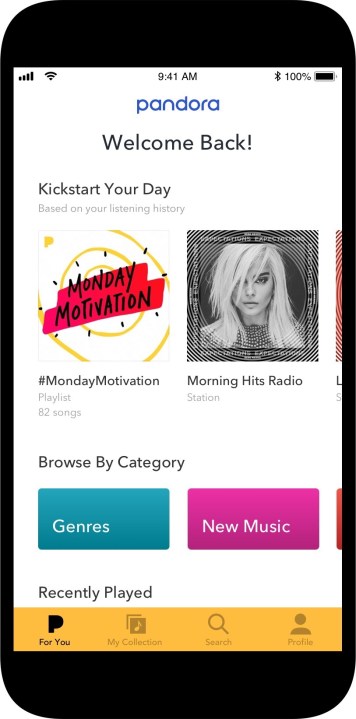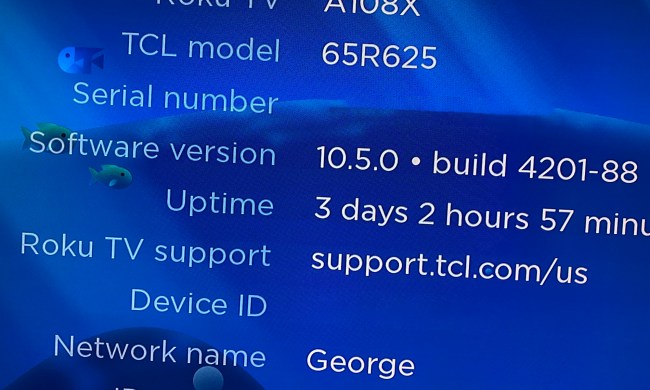What does it take to win in the streaming music space these days? Well, given that just about all of the most popular services have massive music catalogs of 30-50 million tracks, it’s no longer just about the music. Instead, the focus has shifted to exclusive content, unique features, personalization, and the ability to easily access it all. This new approach is the obvious driver behind Pandora’s new mobile app experience, which launched today on iOS and Android. It’s all of the music and features that Pandora listeners have become accustomed to but organized in a whole new way.
At the heart of the new app layout is a new tab, called For You. That’s the same name as one of the tabs in Apple Music, and as you might expect, personalization powers the experience. Pandora calls it a personalized discovery feed. Within the tab, you’ll find a dynamically updating scroll of custom-curated music and podcast recommendations. It updates throughout the day based on your listening history, the day of the week, or the time of day.
One example is the highlighting of a news-based podcast as you’re heading out for your daily commute in the morning. Content that’s exclusive to Pandora gets prominence as well, with items like “Pandora Stories,” podcasts from SiriusXM talk shows, or a new music station celebrating 80 years of Marvel Comics. All of the personalized content is organized as modules, with labels such as Moods, Decades, and Artists On The Rise. Panora’s Music Genome technology powers all of these new personalization efforts based on over 100 billion thumbs-up and thumbs-down responses from users, according to the company.
Another new feature is the ability to customize Pandora’s stations through a series of “modes.” These modes, such as Crowd Faves, Discovery, and Deep Cuts act as a kind of filter, letting listeners take greater control over the kind of music they hear from each Station. Users of the Pandora web interface may already be familiar with Modes as they’ve been available in that experience prior to now.
Pandora’s new look and features come at a busy time for the streaming music industry. Google’s YouTube Music just launched a competitive playlist product to Spotify’s Discover Weekly, Spotify has added the ability for users to mix music and podcasts within a single playlist, and Amazon Music now has a new, lossless CD-quality and hi-res tier of service called Amazon Music HD.



